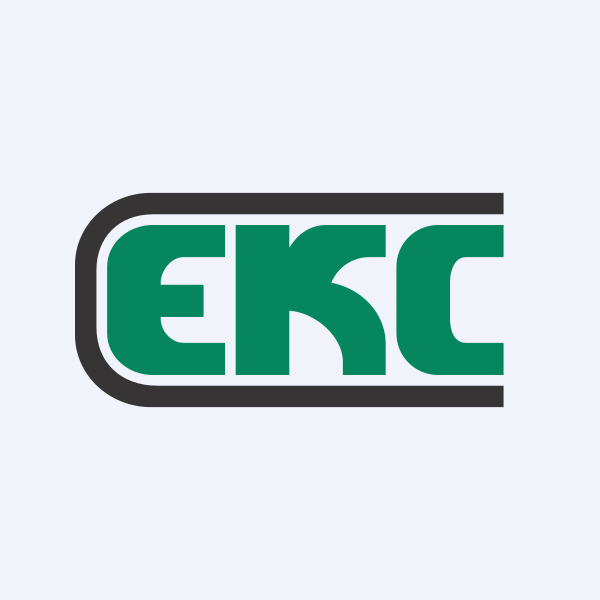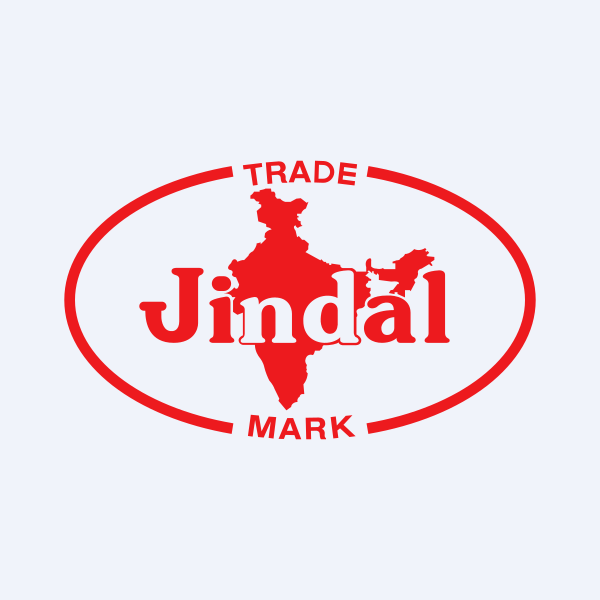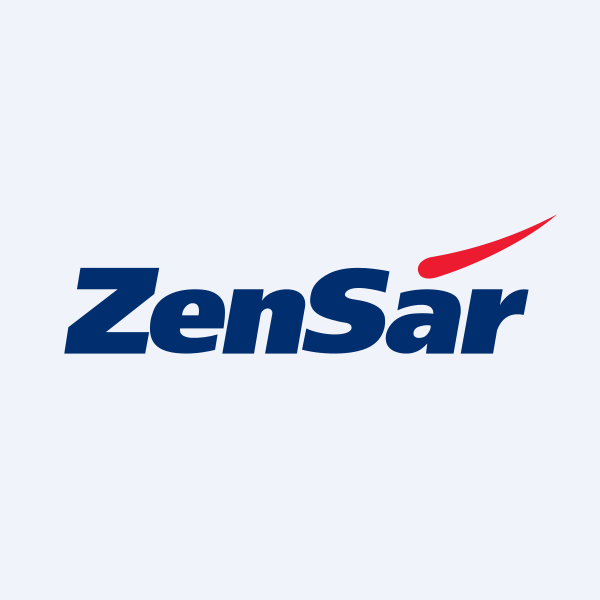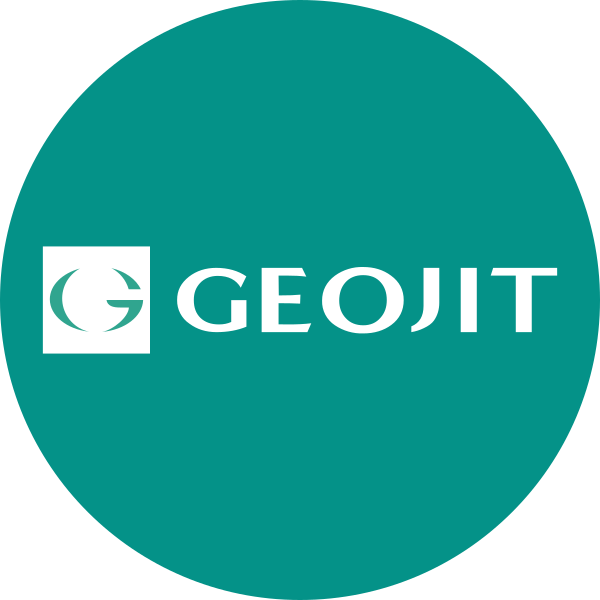LT Foods (NSE:DAAWAT)

Today I’m writing about a share I’ve bought recently at a lower price, but still believe to be undervalued. I’m considering further adding to the position if I can get it at slightly lower prices. This is not investment advice.
Summary
LT Foods (Daawat) is a company in the food processing space that processes, manufactures and markets basmati rice. It derives close to 40% of its revenues from the US, with India being its second biggest market. It has a 50% and 27% market share in the two regions. The company’s earnings have been growing stably and consistently across all metrics. I value the company at around 84/share, representing around an 8% discount at current prices (~78). Personally, I like to invest when I find the discount to be 20% or higher to mitigate any projection errors. Below, I summarise the company’s financials, my valuation process and the inputs I used to arrive at the above valuation, and finally some growth and risk factors.
About the company
LT Foods mills, processes and markets branded and non-branded basmati rice, and manufactures rice food products in the domestic and overseas market. It is one of the country’s leading processor and exporter of packaged rice foods.
Its flagship brands ‘Daawat’ and ‘Royal’ enjoy leadership positions in the basmati rice market in both India and the US with a market share of 27% and 50% respectively. The US accounts for 37% of total revenue, followed by India (35%) and Europe (14%).
Summary of financials
Since 2015, the company’s 3 year average revenues, EBITDA, operating income, PBT, PAT and EPS have all grown YoY without exception. FY22 was their best year yet across all these metrics.
Over the last 5 years, 3 year average PAT has compounded at over 20% annually. Margins are low though, historically in the low single digits, and have risen to around 4-5% range in the last 3 years.
Looking at the balance sheet, we find that the company has nearly doubled cash and equivalents to 32cr (cash and short term investments are 70cr, up from 19cr the previous financial year) in FY22 and has reduced debt by 16%. Though net debt levels are still high at 1300cr (I prefer companies with minimal debt), they are at a 10 year low. Plus, the company has a decent current ratio at 1.78 and interest coverage levels stand at 6.9, so it’s unlikely the company will struggle to pay off its interest on debt any time soon.
Per share measures and some ratios
The company currently trades at around half its 3 year average revenue, 5.2x its 3 year average OCF and 10x its 3 year average PAT. It trades at 1.2x its tangible book value. Tangible book value per share has nearly tripled since 2017. The company has consistently delivered ROE of around 14% and ROIC around 20% in the past 5 years.
The acquirers multiple (EV/EBIT) is 8. This means it would take 8 years of EBIT to match your investment if you purchased the entire company today and paid off all its debt. I prefer the acquirers multiple over other metrics such as P/E and EV/EBITDA. P/E ratio doesn’t account for a company’s capital structure whereas EV/EBITDA discounts depreciation, which is a real company expense especially when considering capital intensive businesses. The AM on the other hand represents the true cost of of acquiring a business as a function of its operating income. It provides a standard for measuring relative values of companies in the same sector/industry.
So what does an AM of 8 tell us about the company?




